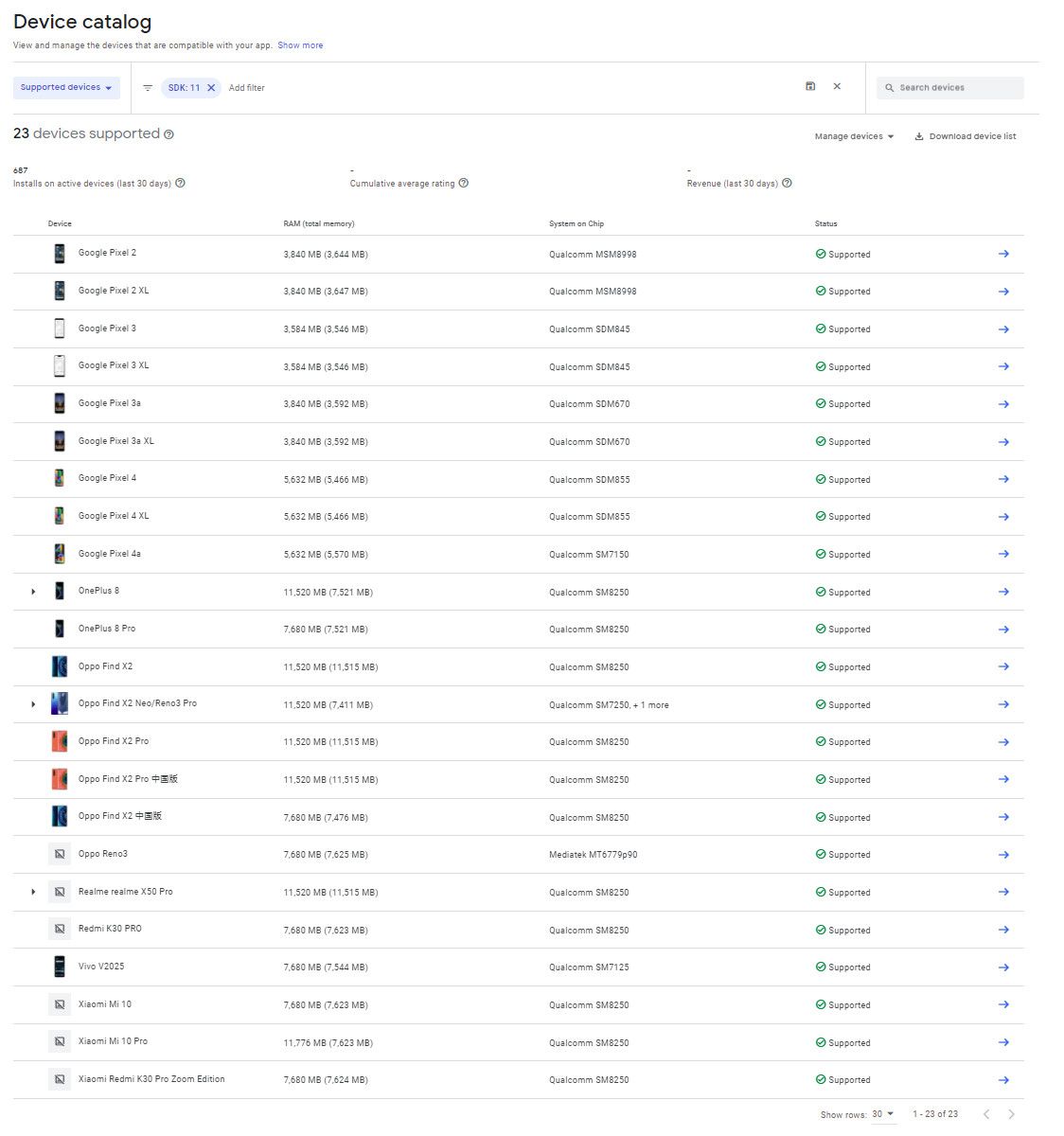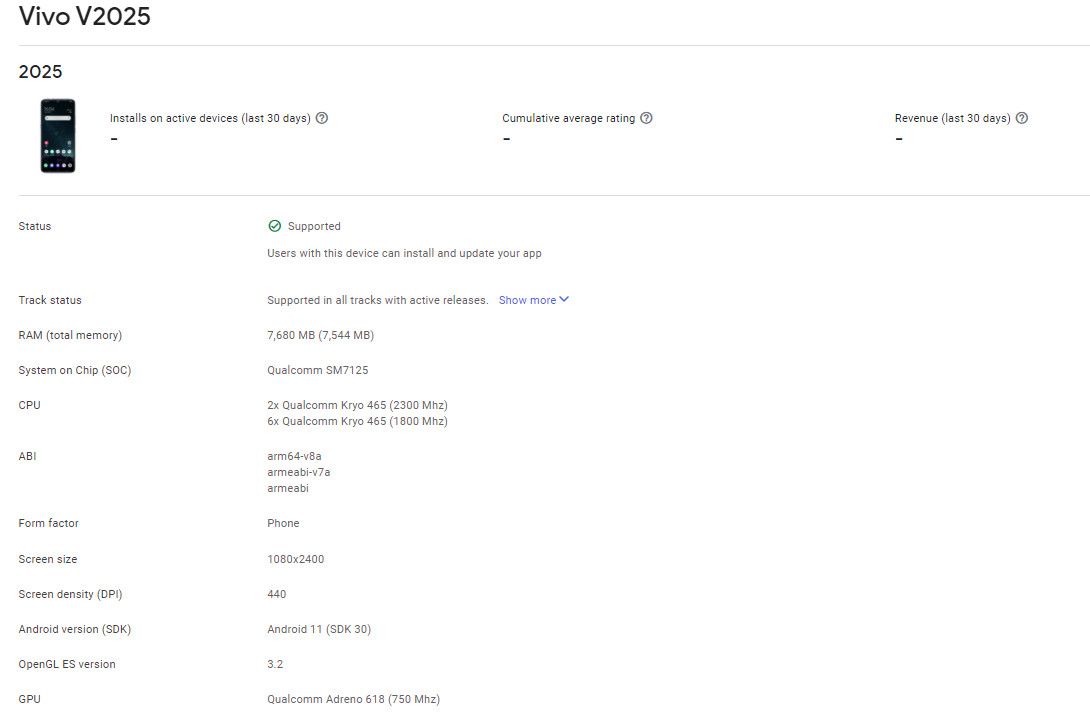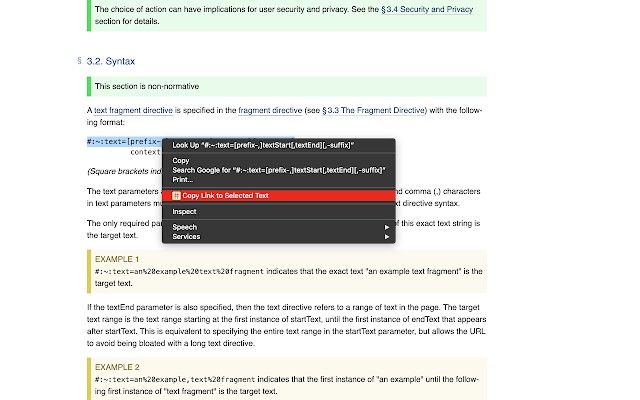In a little over 12 hours from now, Google will announce the Pixel 4a 5G and Pixel 5 at its Launch Night In event. Thanks to numerous leaks, we pretty much know everything there is to know about the two phones, including the fact that they’ll both launch with the latest version of Android, Android 11, out of the box. An update to Android 11 was released for existing Pixel devices on September 8th, and we’ve seen numerous OEMs release beta updates for their own devices. But so far, no one has launched a new smartphone with the latest version out of the box. We all thought that Google would be the first one to do so, but Chinese smartphone brand Vivo has beaten them to the punch with the launch of the new Vivo V20.
In a press release, Vivo says its new V20 series “will run on the recently-launched Android 11 operating system,” which sure sounds like the 3 devices will run on the latest OS version. However, the press release also mentions that the company “has a plan to equip V20 series with Android 11 in succession” depending “on market conditions.” That’s rather vague, and left us to wonder if the Vivo V20 SE, V20, and V20 Pro really will run Android 11. It wouldn’t be the first time we’ve seen companies mention the latest OS version as a marketing tactic—HMD Global says its new Nokia 2.4 and Nokia 3.4 are “Android 11-ready,” which just means they’ll receive the actual Android 11 update whenever the company is ready to roll it out. Interestingly, the product pages for the Vivo V20 SE and V20 Pro state the two devices are running Funtouch OS 11 based on Android 10, while the product page for the Vivo V20 says it’s running Funtouch OS 11 based on Android 11.
Thankfully, it’s easy for us to confirm that the regular Vivo V20 is, in fact, running the latest Android version. The phone has already reached the hands of Indonesian YouTubers like GadgetIn, who published an unboxing of the new phone. In the video, he goes through the settings menu and shows that the device is running Android Version 11 and has the new Easter egg.


Vivo V20 running Funtouch OS 11 based on Android 11. Source: GadgetIn.
His video also confirms that the device’s model name is “V2025.” I cross-referenced that with the Google Play Console’s Device Catalog and confirmed that the device’s SDK level is indeed listed as “30” for Android 11. In fact, the Vivo V20 is the only device on the catalog to have its SDK version listed as “30” and nothing else, confirming it’s the first phone to launch with the latest Android version. All the other phones on the catalog that support SDK level 30 either upgraded to Android 11 (like the current crop of Pixel phones and the ADT-3) or are currently in beta (like the OnePlus, OPPO, Realme, and Xiaomi phones that are listed).


As for why this matters, well, there are two reasons. First, the fact that an OEM managed to beat Google to launching a phone with Android 11 is impressive considering how slow most OEMs usually are at releasing major OS updates. Second, the “shipping API level” of a phone is actually quite important to note, because it factors into how many OS updates the manufacturer is expected to deliver. When most OEMs promise “2 years” of OS upgrades, they really mean “2 letter upgrades” or “2 generations of updates.”Thus, a phone launching with Android 10 can expect to get an update to Android 11 and Android 12, while a phone launching with Android 11 can expect to get an update to Android 12 and Android 13. We’re not sure how long Vivo plans on supporting the new Vivo V20, but it’s definitely promising that the phone has launched with the latest OS version.
The post Vivo beats Google to launching the first phone with Android 11 appeared first on xda-developers.
from xda-developers https://ift.tt/2GaPk0G
via
IFTTT










